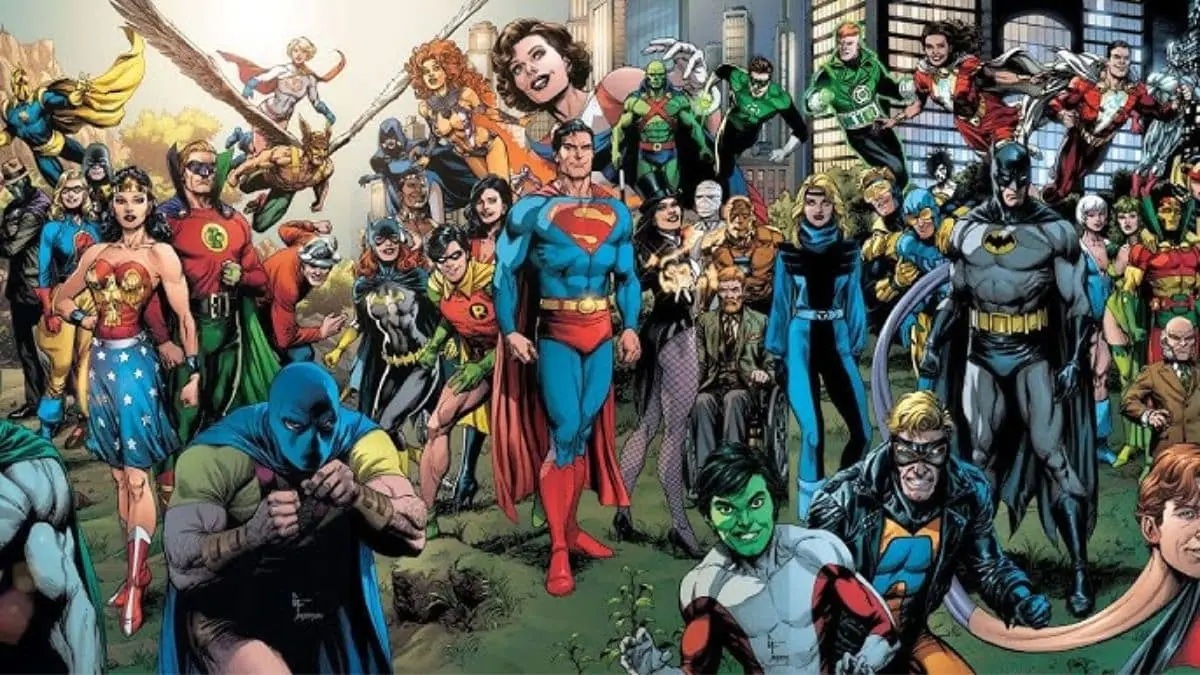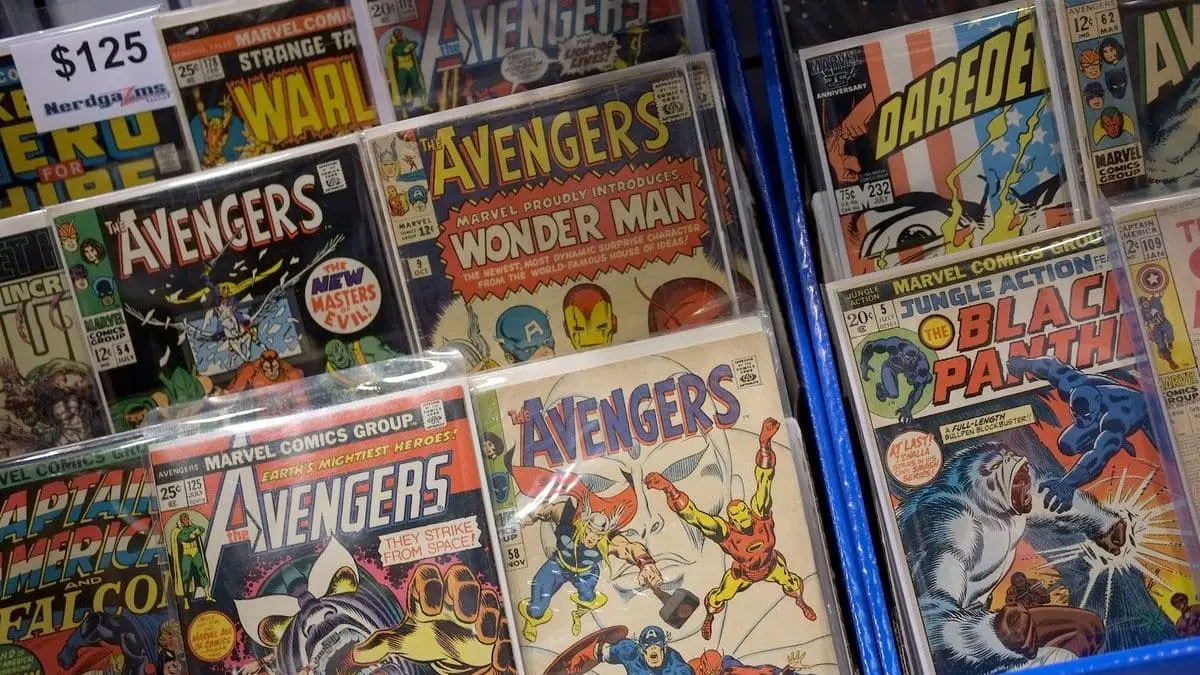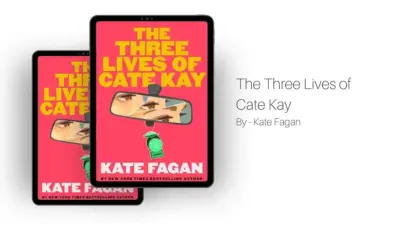Superheroes have become modern-day myths, captivating audiences with their incredible powers, relatable struggles, and larger-than-life adventures. While characters like Superman, Batman, and Spider-Man dominate the spotlight, the comic book world is far richer than any single hero or archetype. This diversity is what keeps comics fresh, engaging, and meaningful. Let’s explore why one superhero can’t save every story and how variety enriches the comic book landscape.
The Problem with a Singular Hero Narrative
One superhero carrying an entire universe’s worth of stories may seem appealing in theory. However, this approach often limits the depth and breadth of storytelling. Here are some reasons why:
- Monotony Sets In: When one hero dominates, narratives risk becoming repetitive. Imagine a world where every conflict is solved by Superman or every mystery unraveled by Batman. The audience’s sense of wonder and excitement dwindles when the outcome becomes predictable.
- Lack of Relatability: No single superhero can resonate with every reader. Superman’s idealism might inspire some, but others may find solace in the flawed, human struggles of characters like Jessica Jones or Moon Knight. Variety ensures there’s a hero for everyone.
- Genre Constraints: Superheroes are often associated with action-packed adventures, but comics span genres like horror, romance, sci-fi, and noir. A single hero can’t embody all these styles without losing coherence.
The Importance of a Shared Universe
Comic universes like those of Marvel and DC thrive because they embrace a multitude of characters, each bringing unique perspectives and abilities. Shared universes allow for diverse storytelling while maintaining a cohesive narrative framework. Here’s how:
- Team Dynamics: Teams like the Justice League, Avengers, and X-Men highlight how different heroes bring their strengths and weaknesses to the table. These interactions create compelling dynamics that wouldn’t exist in a solo narrative.
- Crossovers and World-Building: Shared universes enable crossovers where characters collide, cooperate, or clash. These events not only expand the world but also keep readers invested in how different heroes influence each other.
- Perspective Shifts: A sprawling universe allows stories to shift focus from cosmic threats to street-level crimes. Spider-Man can deal with neighborhood issues while Thor battles intergalactic foes, ensuring a balanced narrative ecosystem.

Variety Brings Emotional Depth
Not every comic needs to end with a world-shaking battle. Some of the most memorable stories are deeply personal, intimate tales that explore the human condition. Different heroes enable this range:
- Street-Level Heroes: Characters like Daredevil and Luke Cage offer grounded narratives that delve into issues like justice, community, and morality.
- Cosmic Champions: Heroes like Silver Surfer and Captain Marvel tackle existential themes, exploring humanity’s place in the universe.
- Antiheroes: Figures like Deadpool and Punisher blur the lines between heroism and villainy, challenging readers to question traditional morality.
By showcasing a spectrum of experiences, comics become more than just escapist entertainment; they become a mirror reflecting the complexities of real life.
Diversity Reflects Reality
The world is diverse, and so are its readers. To connect with a broad audience, comics must reflect this diversity in their characters, themes, and narratives. Here’s why it matters:
- Cultural Representation: Heroes like Black Panther, Ms. Marvel, and Blue Beetle bring different cultural backgrounds and experiences to the forefront, fostering inclusivity.
- Gender Balance: Female superheroes like Wonder Woman, Storm, and She-Hulk have proven that heroism knows no gender. They’ve inspired countless readers by shattering stereotypes and showcasing strength in many forms.
- LGBTQ+ Heroes: Characters like Batwoman, Northstar, and Wiccan provide representation for LGBTQ+ readers, ensuring everyone can see themselves in the stories they love.
Variety in comics ensures that no one feels excluded from the medium’s vast and vibrant tapestry.
The Risks of Oversaturation
While variety is crucial, the comic book industry also faces the risk of oversaturation. Introducing too many characters without proper development can dilute the impact of individual stories. To strike the right balance:
- Focus on Quality Over Quantity: A smaller cast of well-developed characters often leaves a more lasting impression than a sprawling roster with little depth.
- Respect Continuity: Variety doesn’t mean abandoning consistency. A coherent universe with clear rules ensures that new characters enhance rather than disrupt existing narratives.
- Evolve Established Characters: Introducing new dynamics and challenges for iconic heroes keeps them relevant without overshadowing fresh additions.

Embracing Unique Storytelling
Beyond the characters themselves, variety in storytelling approaches keeps comics innovative. Experimental art styles, unconventional narratives, and genre-blending create experiences that stand out. Consider:
- Anthologies: Short stories or one-shot issues allow creators to explore unique ideas without committing to long arcs.
- Standalone Graphic Novels: Works like Watchmen and The Sandman prove that self-contained stories can achieve critical and commercial success.
- Indie Comics: Outside of Marvel and DC, independent publishers push boundaries with bold, original content. Titles like Saga, The Walking Dead, and Paper Girls highlight the limitless potential of the medium.
Also Read: What Is The Anti-Life Equation?



